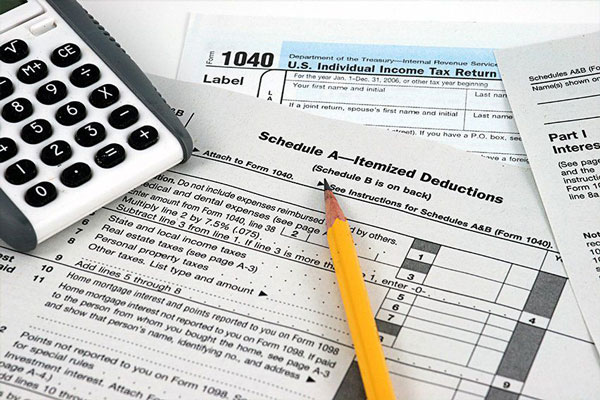Tax form 4952: Investment Interest Cost Deduction is used by the Internal Revenue Service (IRS) to establish the amount of investment interest expense that may be deducted, as well as any interest expense that can be carried forward to a future tax year. Form 4952 Taxpayers must follow distinct IRS guidelines based on the source of their interest and whether it is personal, business, or mortgage-related.
Who Can File Form 4952: Interest Expense Deduction?
Individuals, estates, and trusts seeking a deduction for investment interest expenditures must submit Form 4952: Investment Interest Expense Deduction. You may qualify for a tax credit if you borrow money to invest. You can deduct the interest paid on the investment. Investing in real estate, commercial or residential investment assets, shares, and non-tax-exempt bonds can result in interest income.
Investing Interest: What Exactly Is It?

In other words, it's the interest you pay on loan to buy an investment property. Dividends, interest, royalties, and annuities from non-business sources are considered investment-grade income sources for real estate. You may realize a profit or loss when you sell or exchange an investment property. You can deduct the interest on a loan you take out to acquire shares from your taxable income. For high earners who compute the 3.8 percent Net Investment Income Tax on net investment income, investment interest can also be deducted.
Methods For Estimating Your Investment Returns
In the tax code, your investment income is your investment income, less your investment costs. Interest payments, dividends, capital gains, and rental income are examples of investment income. Permanent Fund Dividends are not available to residents of Alaska. Income from these sources is not regarded to be a kind of long-term investment.
Tax deductions for investment expenses can include:
- Accounting or legal costs
- Expenses are associated with investing automatically.
- Fees for financial advice.
- Deposit box fees
Subtract the total of your outgoings from your incomings. This is your total net investment income for the last year.
The Capital Gains Election.

You can include eligible dividends and net capital gains in your yearly net investment income calculation. Form 4952 line 4(g) lets you determine how much of your dividends and capital gains are in your net investment income. The reduced long-term capital gains tax rates do not apply to qualifying dividends and net capital gains that you include in your net investment income. You might expect to pay a higher share of your capital gains.
How to Make a Deduction Claim?
Schedule A of Form 1040 includes a deduction for investment expenditures. Form 4952 may also be required. If you fulfill the following criteria, you are exempt from submitting Form 4952.
- As long as you don't have any eligible dividends, your investment interest expenditure doesn't exceed your investment income from interest and regular dividends.
- There are no other deductible investment expenditures.
- There are no previous year's investment interest expenditures to account for.
If you fulfill all three criteria, you can deduct the whole amount of your investment interest.
Interest On Investment
You may be eligible to deduct the interest on your investments if you itemize your deductions on your tax return. The interest paid on money borrowed to buy taxable investments is known as investment interest expense. Margin loans for stock purchases in your brokerage account fall under this category. Margin loan interest may be deductible in the following situations.
There is a limit to how much you may deduct each year, equal to your net taxable investment income. Interest expenditure not used in the current year is carried over to the following year and may be used to lower taxes.
Qualified Dividends
For the investment interest cost deduction, dividends that obtain favorable tax treatment are not considered investment income. You might consider their regular income to avoid paying taxes on your profits.
Investment interest cost deductions can be increased by treating some qualified dividends as ordinary dividends in certain situations, which might allow you to pay no tax on the dividends instead of the 15 percent or 20 percent tax that qualified dividends ordinarily get. Here's an illustration of what I mean.
For example, let's suppose Mary has $2,000 in eligible dividends, which she would ordinarily pay $300 in tax on. Mary's net investment income might rise from $8,000 to $10,000 if she decides to classify the qualifying dividends as regular income. Consequently, she would be eligible to deduct more of her investment interest costs this year and not be taxed on the qualifying profits.
Losses On Investments
There is a silver lining to losing money. Using capital losses to balance capital gains is a viable strategy. Suppose your capital losses are greater than your capital gains. In that case, you may be able to deduct up to $3,000 of your losses (or $1,500 each for married taxpayers filing separately) from your ordinary taxable income. Carrying forward losses of more than $3,000 is permitted for future tax years.




